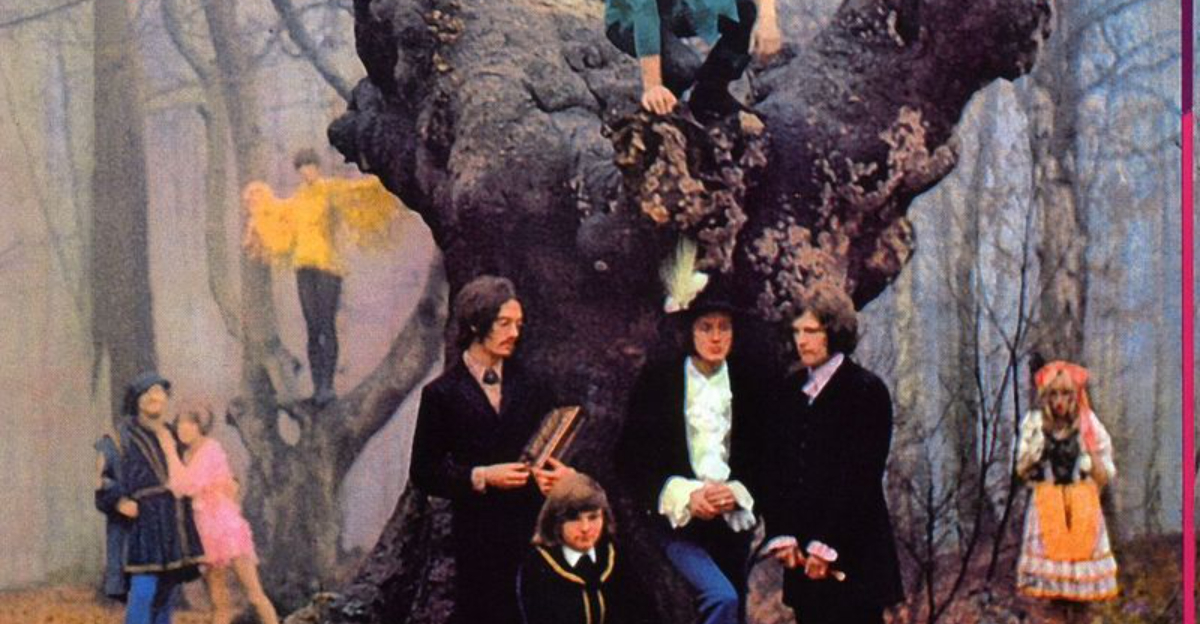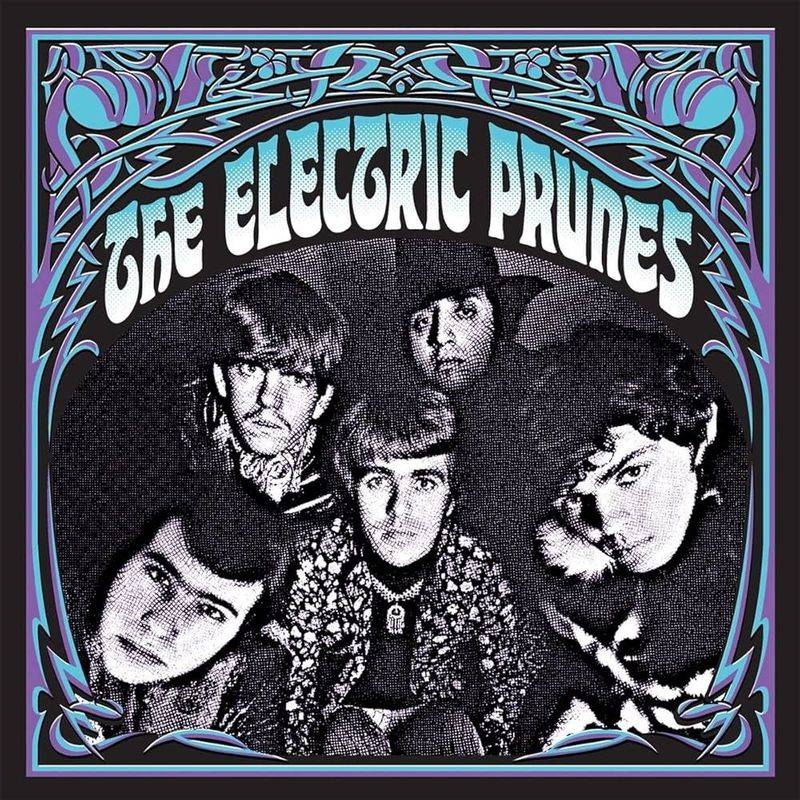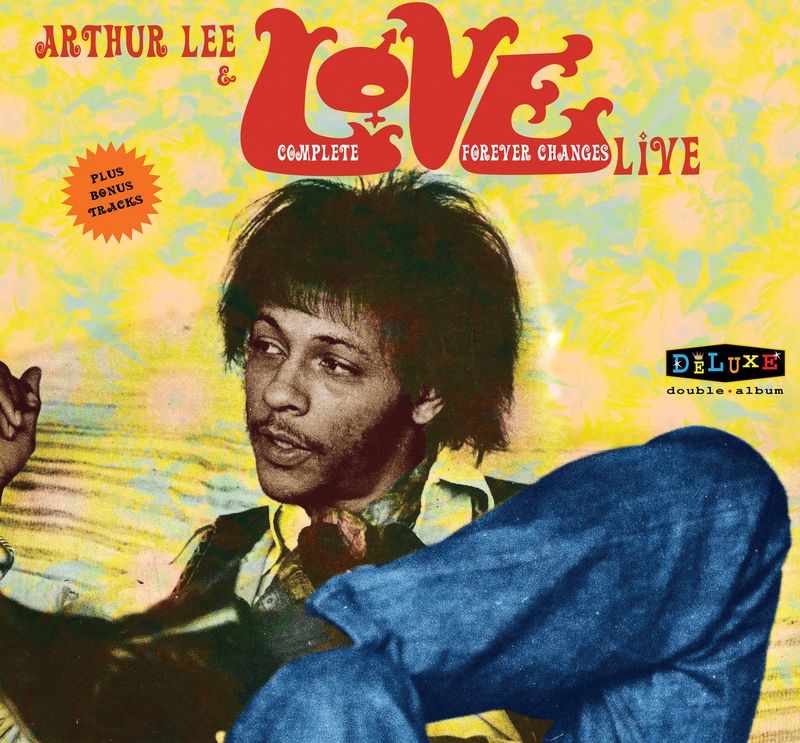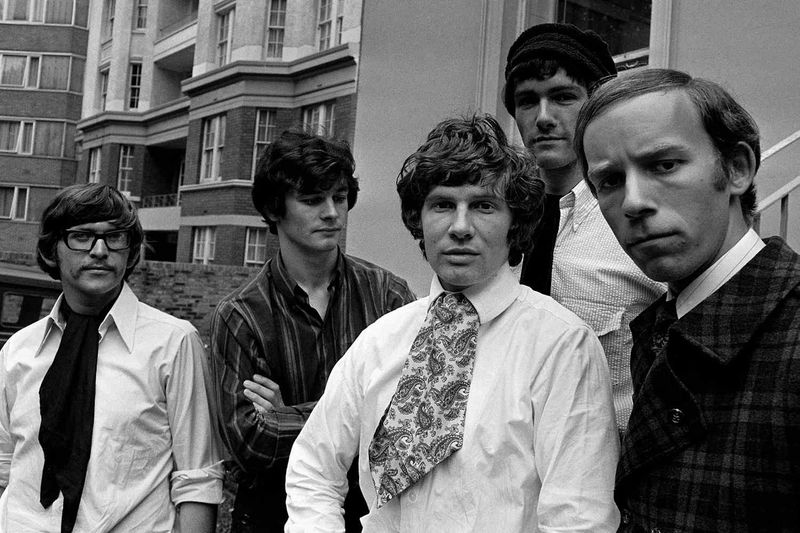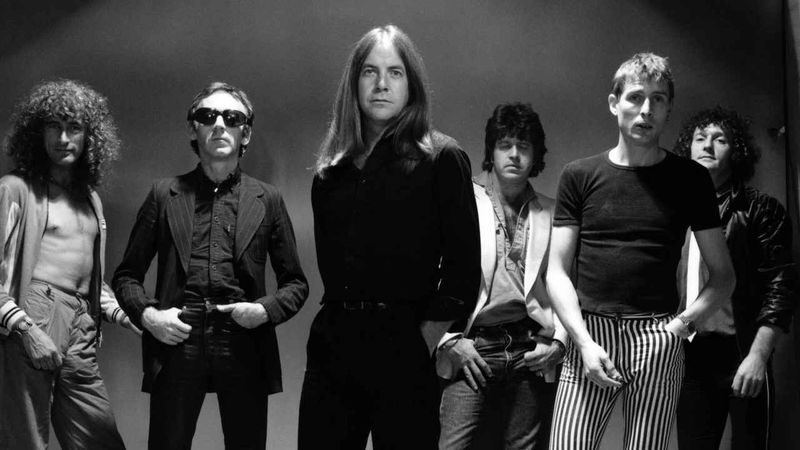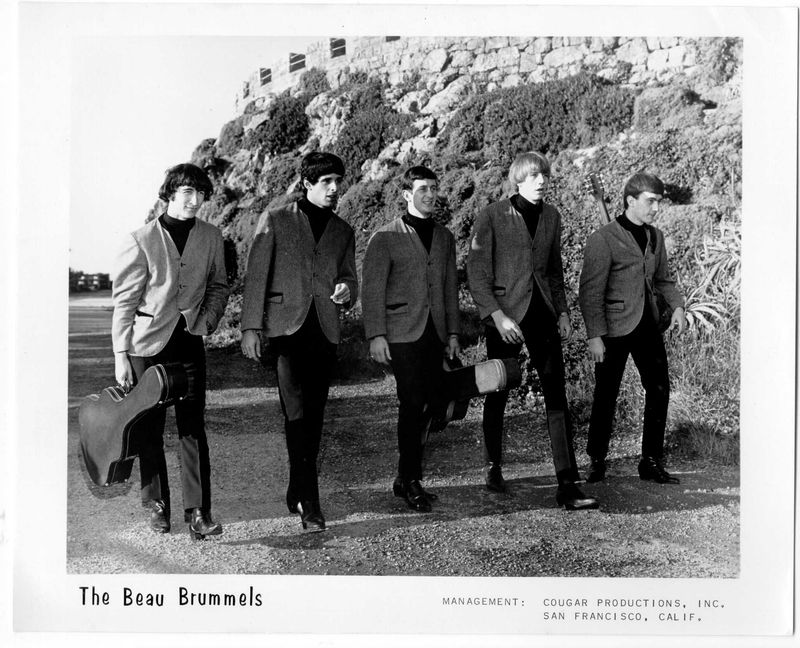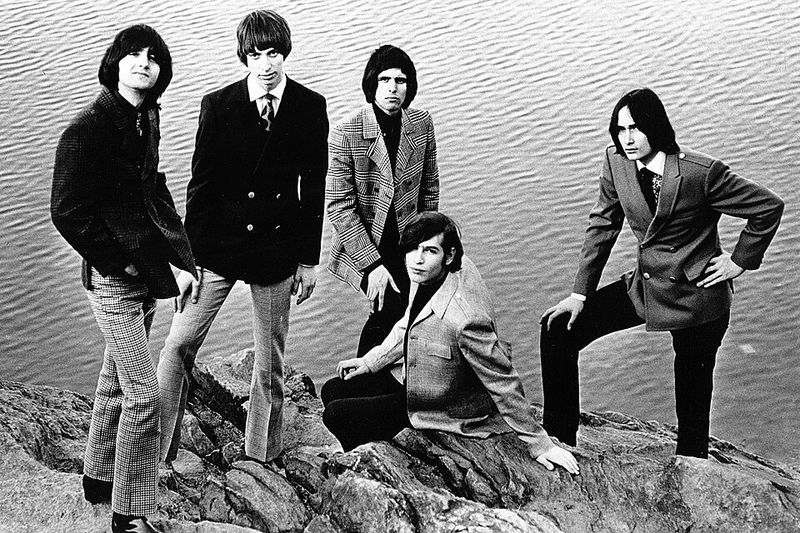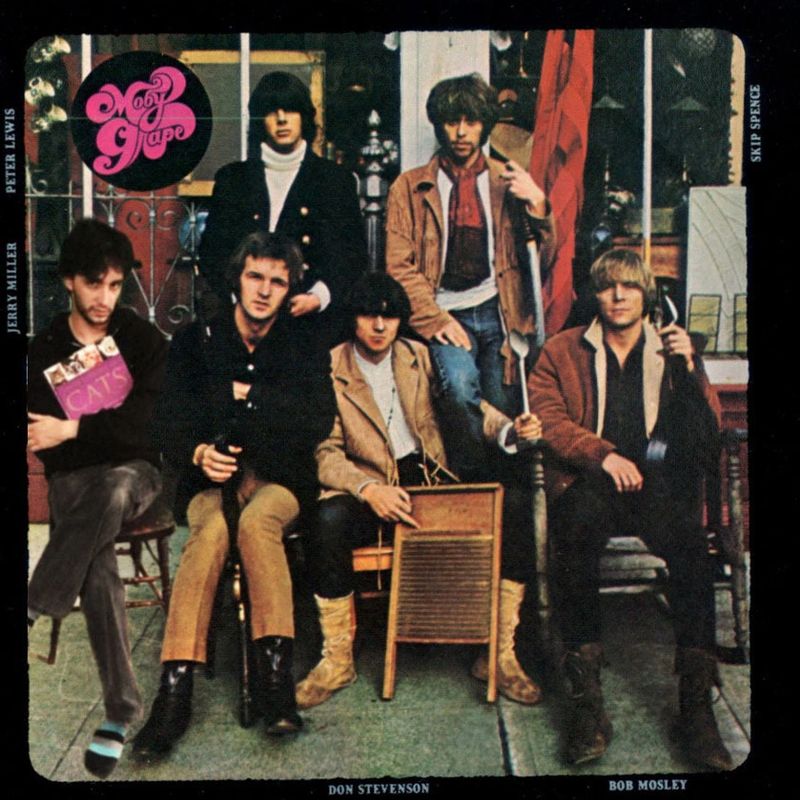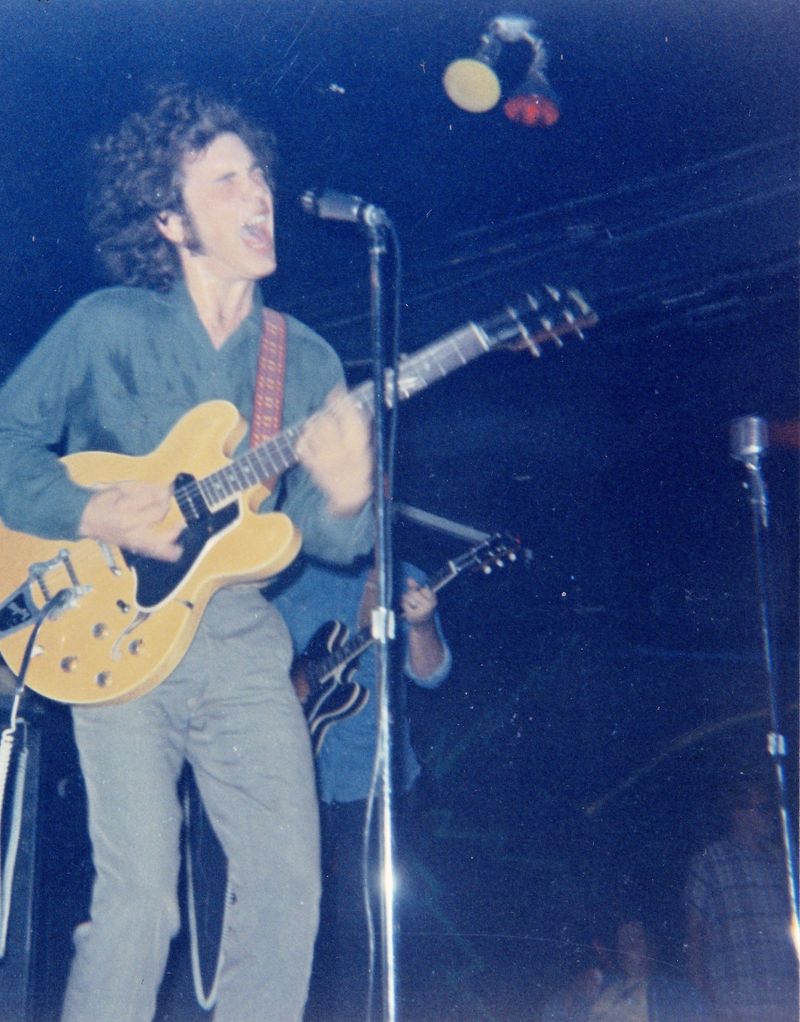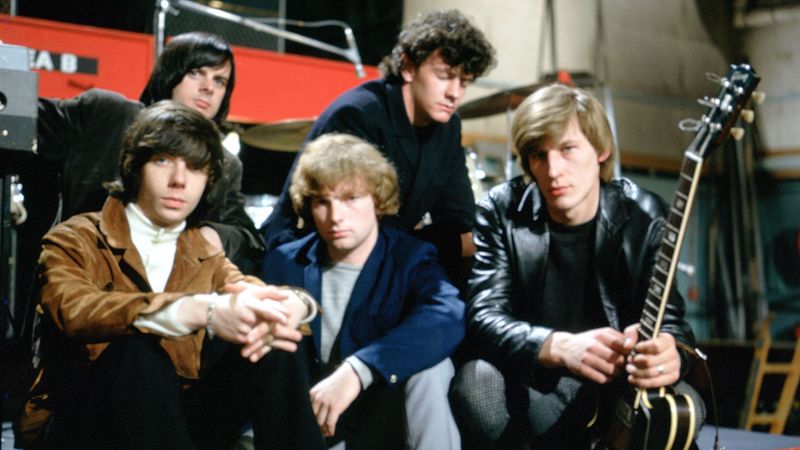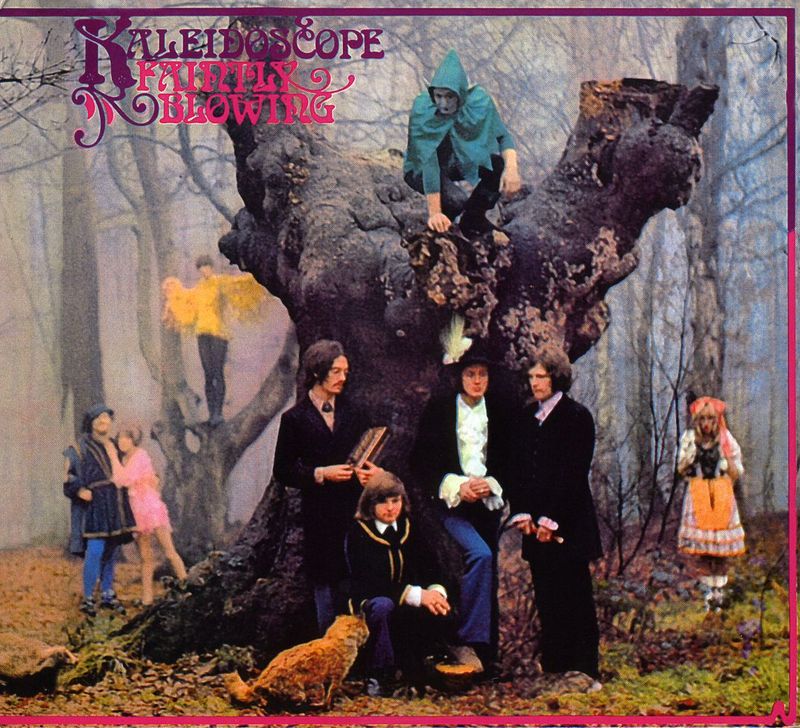The 1960s birthed a musical revolution that changed everything. While The Beatles and Rolling Stones dominated radio waves, countless incredible bands remained hidden in the shadows of these giants. These overlooked groups pioneered sounds that would influence generations of musicians, from psychedelic rock to proto-punk and experimental pop. Let’s uncover these musical treasures that time almost forgot.
The Electric Prunes: Psychedelic Pioneers
Imagine stumbling upon a sonic laboratory where fuzzy guitars meet otherworldly vocals. That’s The Electric Prunes for you! Their 1967 hit “I Had Too Much to Dream (Last Night)” perfectly captured the disorienting beauty of psychedelia. The band blended garage rock rawness with experimental production techniques that were revolutionary for their time. Their music feels like a beautiful fever dream—sometimes unsettling but always fascinating. Though they were victims of record company interference, their influence echoes through decades of psychedelic and alternative music. The Prunes created the perfect soundtrack for mind expansion when LSD was reshaping youth culture.
Love: The Band That Should Have Been Bigger
Arthur Lee’s racially integrated outfit created magic on their 1967 masterpiece “Forever Changes.” While other bands were exploring outer space, Love turned inward, crafting songs of paranoia and beauty that captured the darker undercurrents of the Summer of Love. Their music wove folk-rock with orchestral arrangements, jazz flourishes, and poetic lyrics that stood apart from their flower power peers. Despite critical acclaim, they never achieved the fame they deserved. Lee’s refusal to tour outside Los Angeles limited their exposure, but their influence grew over decades. Modern bands from The Mars Volta to Fleet Foxes have cited Love as a crucial inspiration.
The Zombies: Baroque Pop Perfectionists
British invasion bands weren’t all mop-tops and blues riffs. The Zombies brought something entirely different to the table: jazz-influenced chord progressions, Colin Blunstone’s breathy vocals, and Rod Argent’s mesmerizing keyboard work. Their 1968 album “Odessey and Oracle” flopped commercially but has since been recognized as one of the greatest albums ever made. The band had actually broken up before “Time of the Season” became a hit in America—too late to capitalize on their success. What makes The Zombies special is their musical sophistication. These weren’t three-chord rockers but classically trained musicians who brought elegance and complexity to pop music.
The Pretty Things: Wild Men of British Rock
Long-haired, hard-drinking, and rebellious before it was fashionable—The Pretty Things made the Rolling Stones look tame by comparison! Originally formed by ex-Rolling Stone Dick Taylor, they cultivated a dangerous image that matched their raw, energetic sound. Their 1968 album “S.F. Sorrow” stands as rock’s first true concept album, predating The Who’s “Tommy.” The band crafted a dark tale following a character from birth to death, complete with experimental sounds and narrative complexity. Record company mishandling and bad timing prevented them from reaching stardom in America. David Bowie, however, recognized their genius and covered two of their songs on his “Pin Ups” album—a testament to their underground influence.
The Beau Brummels: San Francisco Sound Pioneers
Before the Summer of Love and flower power took over, The Beau Brummels were already crafting San Francisco’s distinctive sound. Their 1965 hits “Laugh, Laugh” and “Just a Little” showcased jangly guitars and heartfelt vocals that would define an era. Record label Autumn Records signed them specifically to compete with the British Invasion bands—they even chose a British-sounding name to confuse listeners! The strategy worked initially, but larger success remained elusive. Their later albums “Triangle” and “Bradley’s Barn” saw them evolve into country-rock pioneers, helping create the template for bands like The Eagles. Lead singer Sal Valentino’s distinctive voice—part folk, part rock—carried emotional weight few could match.
The Left Banke: Chamber Pop Visionaries
Who would have thought to combine rock instrumentation with harpsichords and string quartets in 1966? The Left Banke did exactly that, creating what critics later termed “baroque pop.” Their hit “Walk Away Renée” remains one of the most hauntingly beautiful songs of the decade. Teenage prodigy Michael Brown wrote their material, drawing inspiration from classical music and unrequited love for the band’s bassist’s girlfriend (the actual Renée). This romantic tension fueled their most memorable work but ultimately contributed to the band’s dissolution. Though they recorded only two albums, their sophisticated arrangements influenced countless artists from Belle & Sebastian to Vampire Weekend. Few bands have captured lovesick adolescence with such elegant musical vocabulary.
Moby Grape: The Band That Had Everything
Five exceptional singers, three lead guitarists, and songwriting talent to spare—Moby Grape had all the ingredients for superstardom. Their 1967 self-titled debut album stands as one of rock’s most perfect statements, seamlessly blending folk, country, blues, and psychedelia. Columbia Records’ overhyped marketing campaign backfired spectacularly, releasing five singles simultaneously and creating industry resentment. Personal problems, particularly guitarist Skip Spence’s mental health struggles, further derailed their momentum. What makes their story particularly heartbreaking is just how good they were live. While Jefferson Airplane and the Grateful Dead could be inconsistent performers, Moby Grape was tight, energetic, and musically flawless—the complete package that never got its due.
The 13th Floor Elevators: Psychedelic Texas Trailblazers
Electric jug. Yes, you read that correctly—The 13th Floor Elevators incorporated an amplified jug into their lineup, creating one of rock’s most distinctive sounds! Led by the enigmatic Roky Erickson, this Texas band didn’t just play psychedelic music; they lived it as a spiritual mission. Their 1966 album “The Psychedelic Sounds of the 13th Floor Elevators” was among the first to use the term “psychedelic” in its title. The band openly advocated for consciousness expansion through LSD, which quickly made them targets for Texas law enforcement. Erickson’s powerful, unhinged vocals and guitarist Stacy Sutherland’s searing lines created a sound that was simultaneously primitive and cosmic. Their fearless experimentation laid groundwork for everything from punk to space rock.
Them: Van Morrison’s Gritty First Chapter
Raw, unpolished, and burning with intensity—Them captured young Van Morrison at his most primal. Their garage rock classic “Gloria” established a three-chord template that thousands of bands would follow, while showcasing Morrison’s unmatched vocal prowess. Formed in Belfast, Northern Ireland, Them brought a distinctly Celtic soul to rhythm and blues. Their cover of Big Joe Williams’ “Baby Please Don’t Go” demonstrated how Morrison could transform blues standards into something entirely his own. The band lasted just two years with Morrison at the helm before he departed for solo fame. Those two years, however, produced music of remarkable power and authenticity. Punk bands like The Clash and The Ramones would later cite Them as a primary influence on their stripped-down approach.
The Seeds: Proto-Punk Minimalists
Sky Saxon’s nasal sneer and that insistent, hypnotic keyboard riff on “Pushin’ Too Hard”—The Seeds created garage rock so primitive and essential it bordered on genius. Their music stripped rock down to its bare elements: repetition, attitude, and raw emotion. Looking like they’d stepped out of a B-movie about juvenile delinquents, The Seeds cultivated an image of sneering rebellion. Their simple, driving songs rarely used more than three chords, anticipating punk rock by a decade. While other psychedelic bands were expanding their sonic palette, The Seeds went the opposite direction, finding power in limitation. Their 1966 debut album remains a masterclass in doing more with less—proving that musical sophistication isn’t always about complexity.
Kaleidoscope (UK): Whimsical Psychedelic Storytellers
Not to be confused with the American band of the same name, the British Kaleidoscope created psychedelic music that felt like illustrated fairy tales come to life. Their 1967 album “Tangerine Dream” (no relation to the German electronic group) wove fantastical narratives through delicate, ornate arrangements. Peter Daltrey’s gentle vocals guided listeners through songs about flight, dreams, and magical journeys. The band combined English folk traditions with psychedelia, creating a distinctly British take on the genre that influenced later acts like Syd Barrett. Unlike the aggressive, blues-based psychedelia of many contemporaries, Kaleidoscope offered a gentler trip—more Lewis Carroll than Aleister Crowley. Their music creates a complete world of wonder that rewards repeated visits.
The United States of America: Electronic Avant-Garde Experimenters
Classical composer Joseph Byrd and vocalist Dorothy Moskowitz created something truly revolutionary in 1968—a rock band without guitars! The United States of America replaced traditional rock instrumentation with early synthesizers, electric violin, and electronic effects. Their self-titled album merged avant-garde electronics with accessible melodies and politically charged lyrics. The combination was too radical for mainstream success but anticipated electronic music’s eventual rise. The band lasted less than a year, recording just one album before dissolving in political and personal disagreements. Their brief existence, however, pushed boundaries of what rock music could be. Tracks like “The American Metaphysical Circus” sound remarkably fresh even today—a testament to how far ahead of their time they truly were.
The Millennium: Sunshine Pop Perfection
Former members of The Music Machine joined songwriter Curt Boettcher to create one of the most expensive albums Columbia Records had ever produced. “Begin” (1968) layered countless vocal harmonies, orchestral arrangements, and studio effects into a shimmering tapestry of sound. The result was sunshine pop elevated to high art—bright melodies with unexpected chord changes and production techniques decades ahead of their time. Songs like “To Claudia on Thursday” balanced optimism with melancholy in ways that still feel fresh. Only selling a few thousand copies upon release, “Begin” has since become one of the most sought-after collector’s items in psychedelic pop. Modern producers study its innovative recording techniques, while bands like The Polyphonic Spree have drawn inspiration from its ambitious scope and heavenly harmonies.
